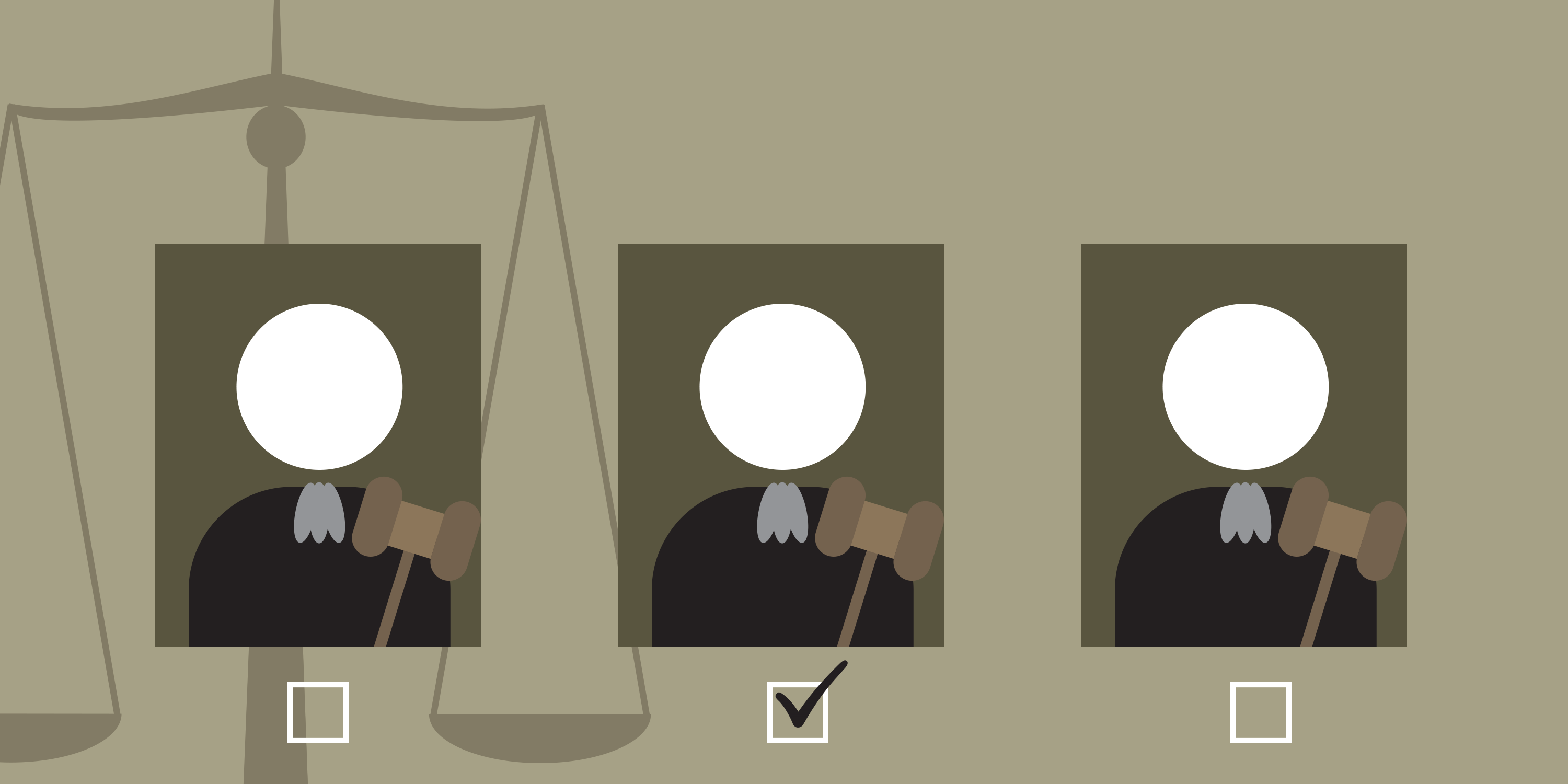On November 8 there will be 61 judges running for retention in Cook County. There isn’t a lot of information out there on these powerful candidates and it is difficult to discern what is important information. Injustice Watch has been working to fill in the gaps and bring information on judges to voters all over the county since 2016 through their judicial guide.
Every year since, a group of reporters and editors at Injustice Watch work on putting together the judicial election guide around August to release it in October in time for the elections. The work doesn’t stop there. Since its release there have been various engagement efforts up until the elections to get the guide in the hands of voters.
On Tuesday, October 25, 14 East held the first public newsroom of the school year with Injustice Watch Senior Reporter Maya Dukmasova and Audience Engagement Editor Charles Preston. Here are our takeaways for our conversation with Preston and Dukmasova.
- There isn’t a lot of information out there to quantify a judge’s performance. Unlike other candidates on the ballot, you cannot go off a judge’s stance on an issue. It is difficult to draw conclusions on the fairness of a candidate without much knowledge of their career history. There isn’t much coverage on court happenings, either, unless it’s a huge case, and even then the judge’s name may not be attached to the case.
- Other than election guides put together by newsrooms and committed journalists, people may commonly refer to the bar association ratings. The two main kinds of review processes of judges are from the Chicago Bar Association and the Alliance of Bar Associations. These are put together by volunteer lawyers who conduct interviews with other lawyers regarding judicial candidates over the course of months. Dukmasova said these are thorough but “also definitely privileges the perspective of lawyers who are often colleagues.” The ratings may speak to the judge’s qualifications based on the expertise of lawyers. However, Dukmasova explained, “This is not something that’s really built based on the experiences of the litigants or the defendants who find themselves in these courtrooms, and whose lives are actually directly impacted by the decisions the judges make.”
- Injustice Watch is working towards better centering the experiences of those directly impacted through their guide with each election cycle. Along with including the bar association ratings, Injustice Watch has their own independent process, which involves surveys that go out to both lawyers and the community asking about their experience with judges.
- The judicial guide has come a long way since it started in 2016. The first version of the guide served to consolidate the bar association ratings in one place. Because of this, and the lack of engagement strategy, the guide wasn’t reaching directly impacted communities. Preston described how this changed once they began to focus their efforts on the communities that don’t have access to this information but are more likely to interact with judges. He said that they use circuit data to determine who is impacted by judges. “We see constantly Black and Brown communities in Chicago, communities on the South and West sides of Chicago. And so, we really have to think about that and consider that when it comes to the engagement aspect,” he said.
“I think we’re kind of, like, making judges a thing to know,” Preston said regarding Injustice Watch’s role in reporting on judges. The impact of Dukmasova’s reporting on judges and Preston’s engagement efforts can be seen in how, “In 2020, Cook County voters cast ballots for judges in historic numbers.”
Header Illustration by Magda Wilhelm




NO COMMENT